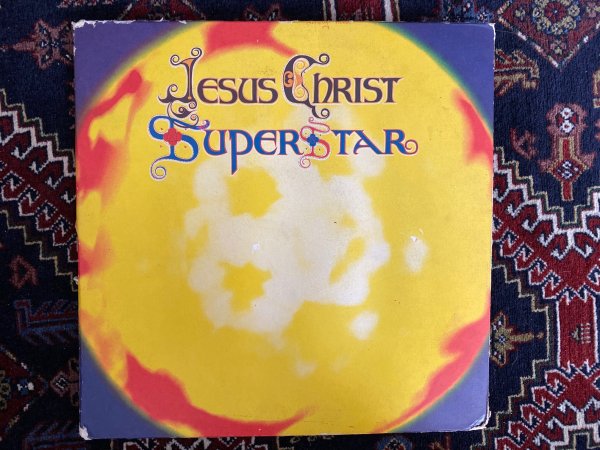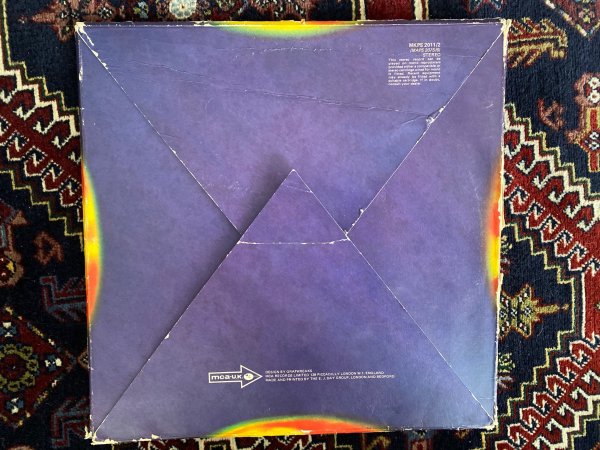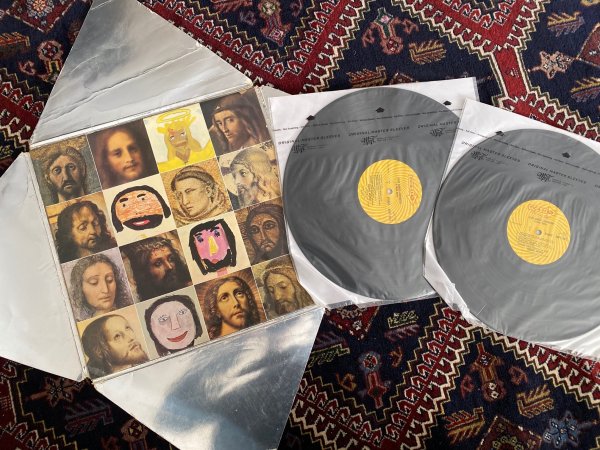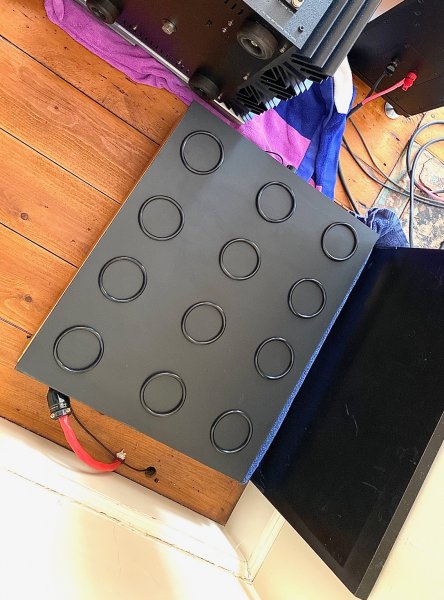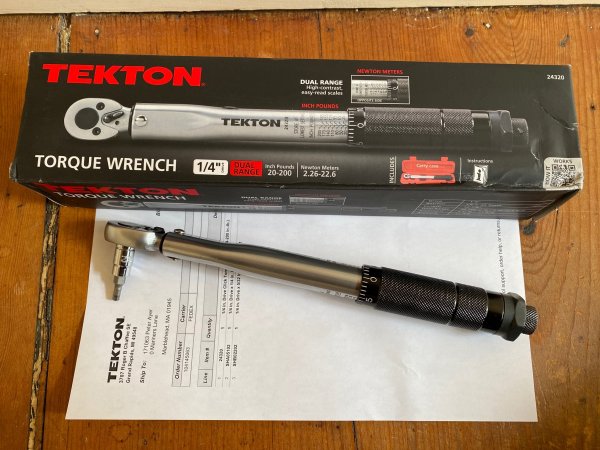Quantifying improvements is difficult. I enjoyed my system before these recent changes not imagining what could be....Now that I have heard the improvements, I can't go back. I have no idea what these changes represent on a percentage basis. Complicating matters is that after reaching some level of quality reproduction and listening satisfaction, smaller and smaller improvements can often seem more and more significant, especially in terms of musical meaning and emotional involvement.
What I can say is that my system sounds more natural, voices are more present, and I hear more of what I think the recording is about. There is more informations with increased differences between individual recordings.
Yesterday, as I often do on Good Friday, I listened to my original UK pressing of Jesus Christ Superstar, Andrew Lloyd Webber's Passion of Christ. A few years ago, I had the pleasure of hearing Bach's Passion of Christ at the BSO. As I had not heard this recording for exactly one year, it was very interesting to reflect on how it sounded now after the recent changes to my system compared to my memory from a year ago.
The guitar riffs and setting established in the allegro were more moody and reminiscent of the 60's culture. Christ's love for Mary and hers for him seemed more emotional and intimate. His anger at the money changers in the temple and at his disciples, and at Judas for his betrayal, was more profound. The lashings he endured were more cringe worthy and his pain at the cross seemed more intense. Finally, his ascension was more beautiful. The whole listening experience was more vivid and powerful.
However, at the same time, I was more aware of the recording's flaws. I felt closer to the recording and more connected to what I heard, while my awareness of the system was less a part of the whole experience.
Ron asked me how I would quantify the changes. I told him that that would be tough to answer. 5-10% implies a small but significant evolution, but hardly some revolution. I paid almost nothing for these changes, focusing instead on changing the set up. The sound is now quite different. Some might think it is akin to going from SS to tubes, or from digital to vinyl, that kind of magnitude, an unleashing of the system's potential and move towards real resolution. I don't know. The system is the same, the set up and presentation are just different. It is almost like I took a 90 degree turn, step off the path, and chose a different fork in the road while walking in the same forest. The destination is now different and I am moving in a new direction. This is more than some percentage change, but I have no idea how to convey the significance of the changes to others.
I suspected things were starting to work out, but it took listening to a family recording, not heard in over a year, to realize how far I have come, and where I might end up.
Happy Easter Everyone!
View attachment 63870
View attachment 63871
View attachment 63872


